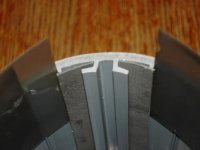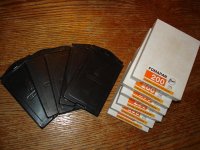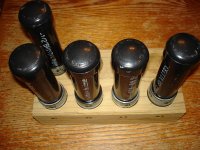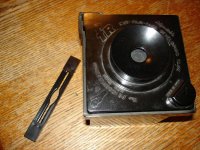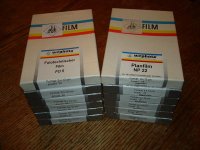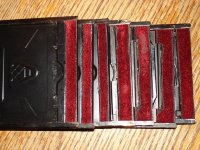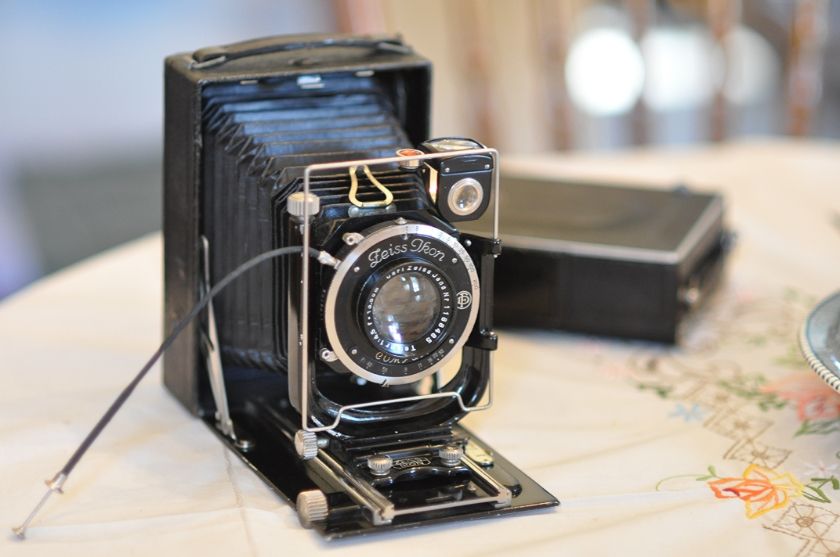Nokton48
Veteran
When it I all finished up this spring, I will have 27 9x12cm Normalfalz holders. Already loaded with film, I have 9 Voigtlanders, 3 Russian, and 1 RADA. To be cleaned up, I have 4 Voigtlanders, 3 RADA (just found two more in Alaska!) and 7 Russian. I still need about four film inserts for the ones to be cleaned up.
Enough to have a dozen holders of each film type ready to shoot. Still waiting for the 300 sheets of 9x12cm FOMA 200 from Macodirect (it's been a month) and also the film from Lumiere Shop in Germany.
Enough to have a dozen holders of each film type ready to shoot. Still waiting for the 300 sheets of 9x12cm FOMA 200 from Macodirect (it's been a month) and also the film from Lumiere Shop in Germany.


